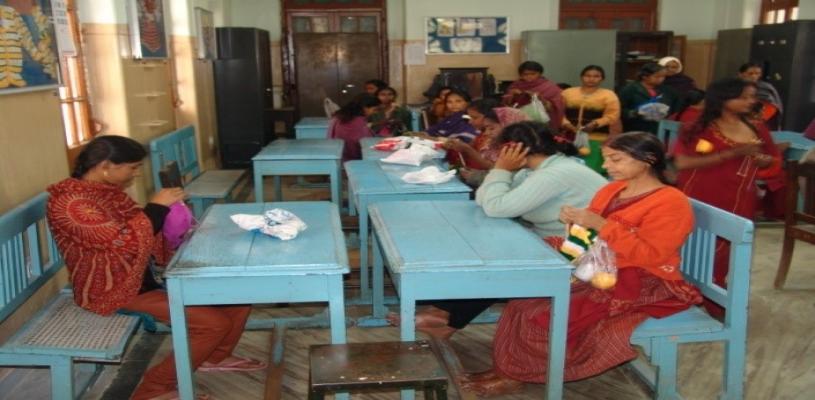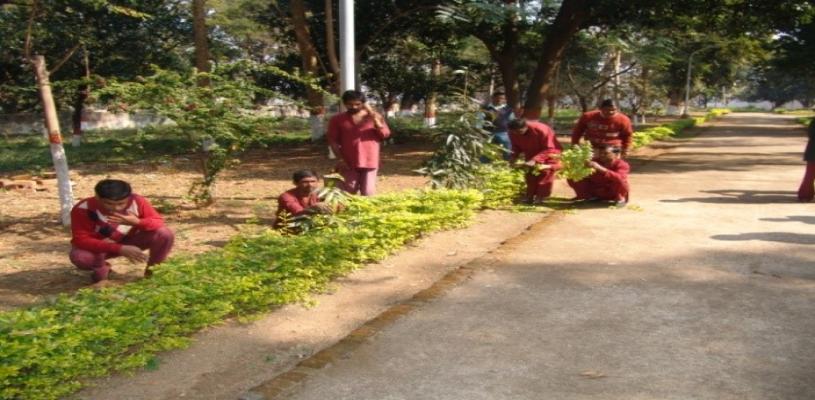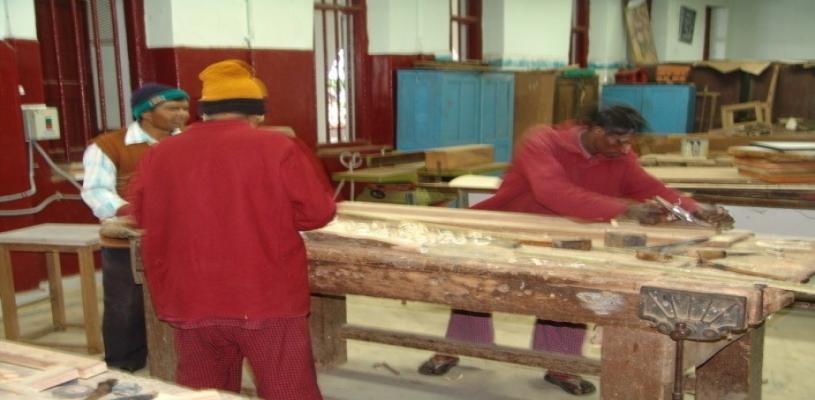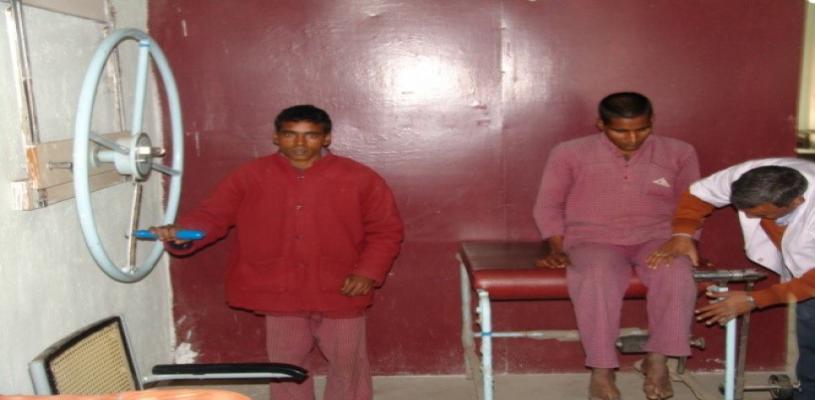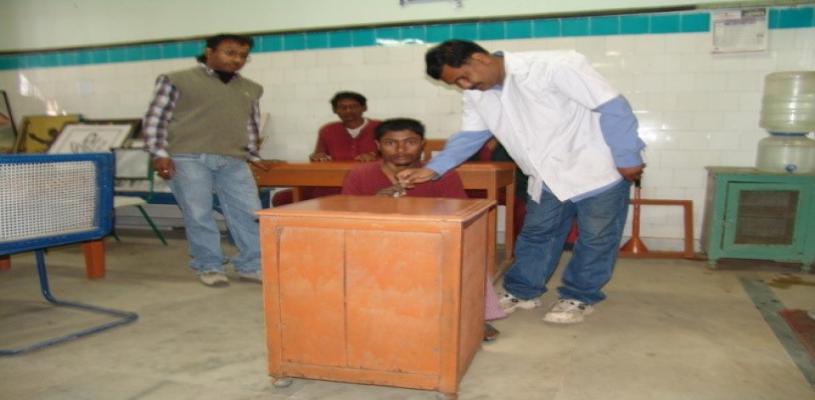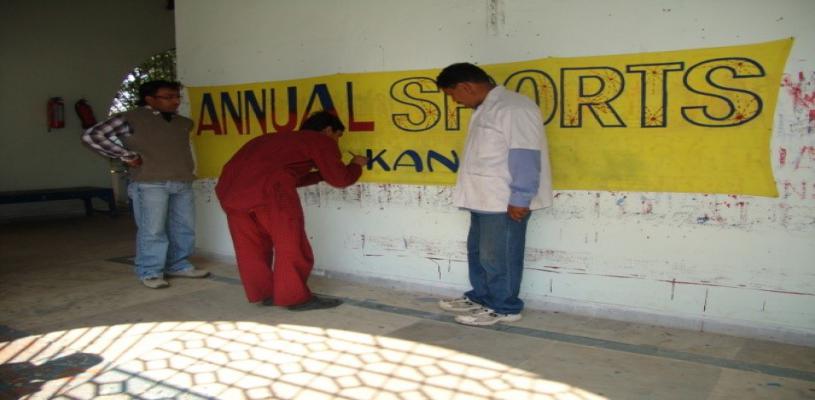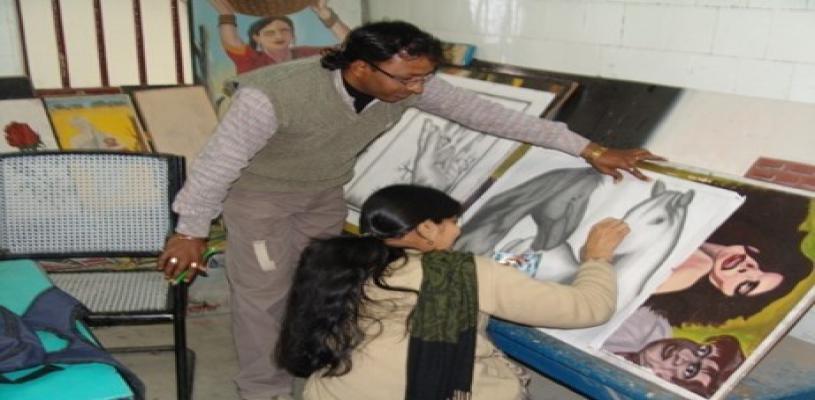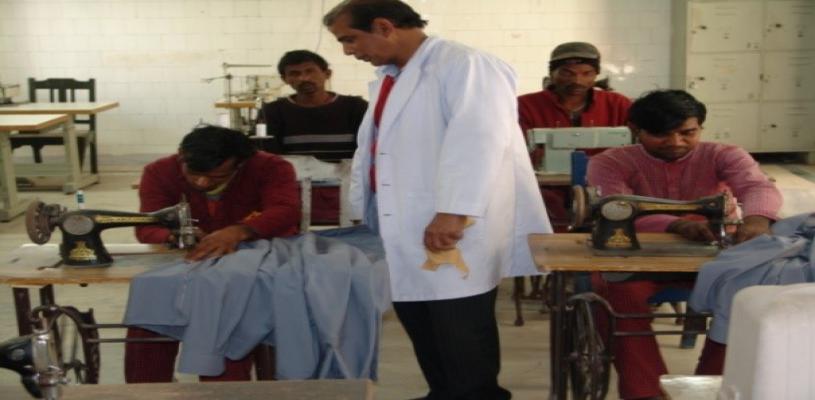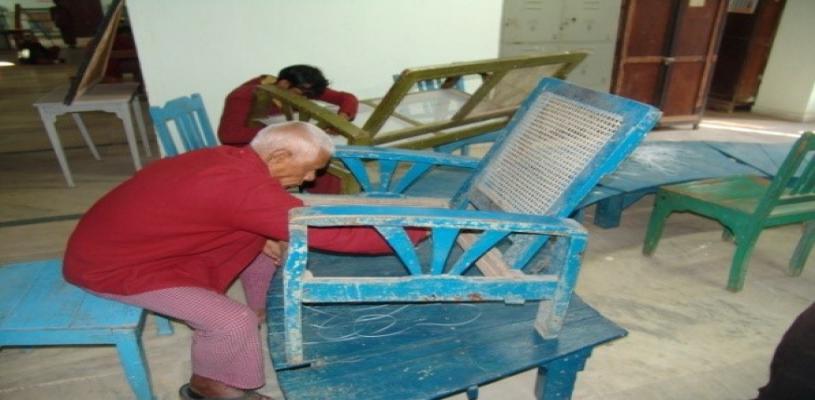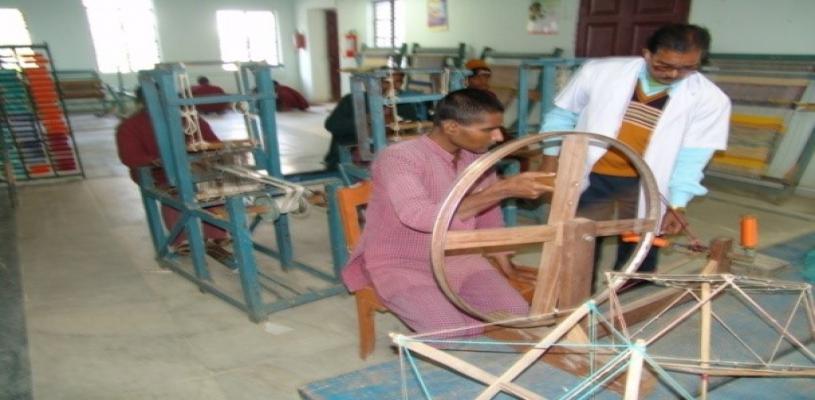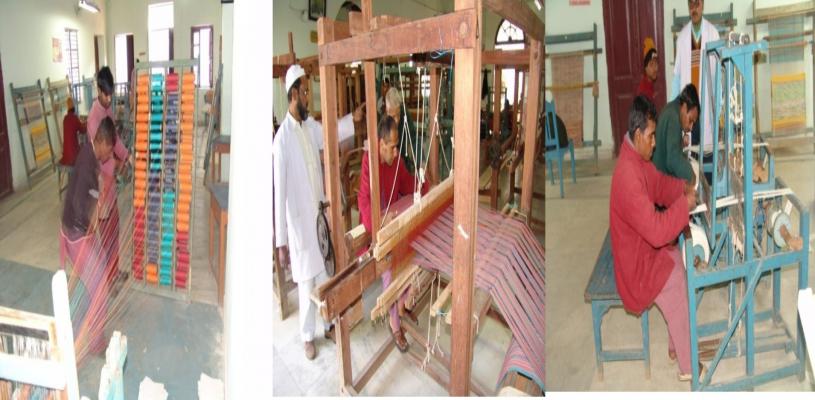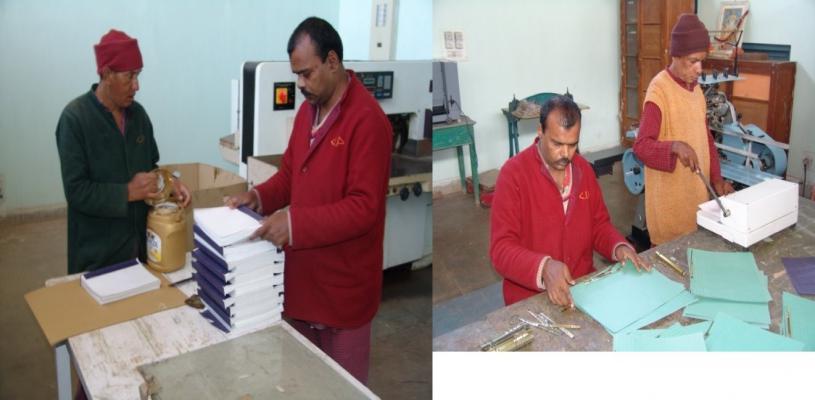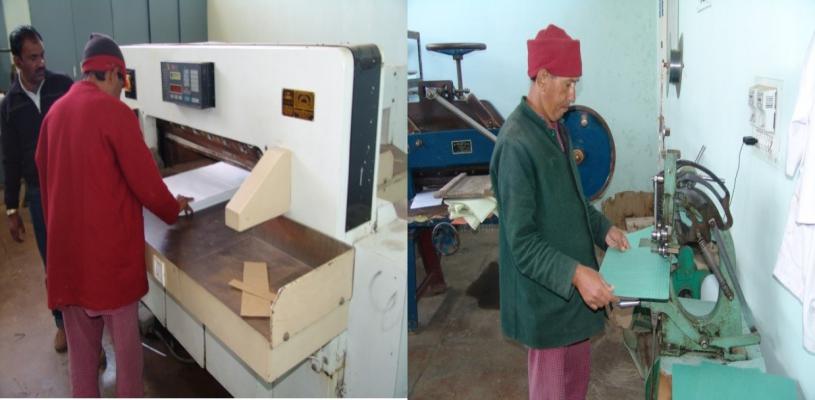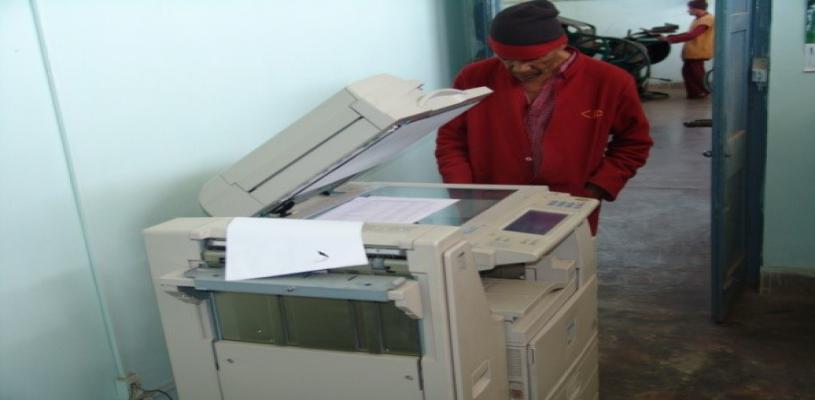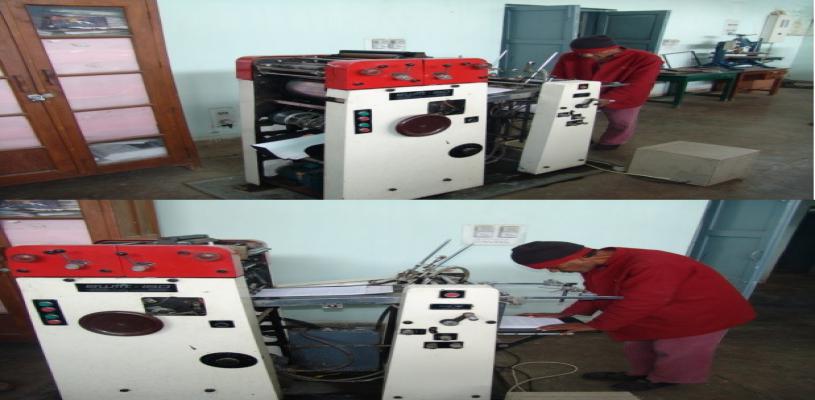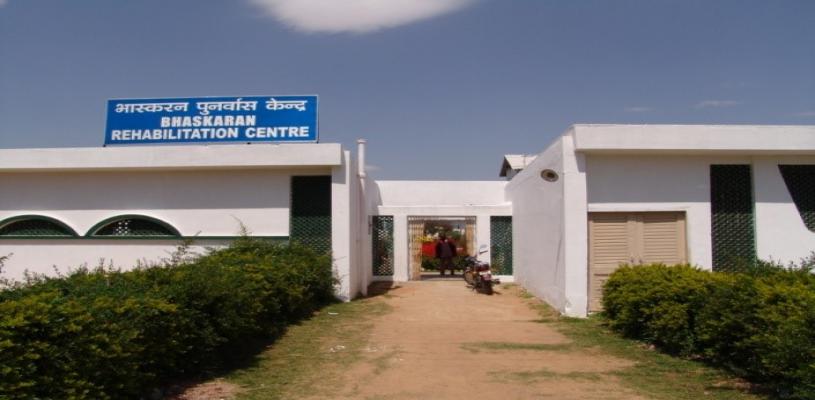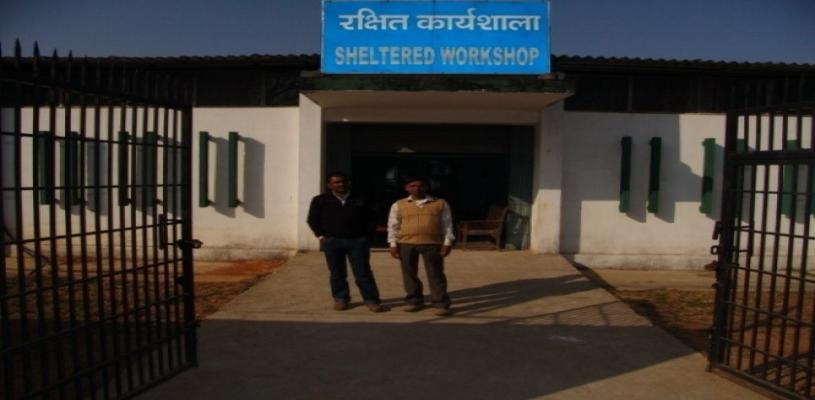Department of Occupational Therapy
The Institute has been instrumental in introducing different therapeutic and rehabilitative services in India. Psychiatric rehabilitation, also known as psychosocial rehabilitation, is the process of restoration of community functioning and well-being of an individual who has a psychiatric disability. Rehabilitation work undertaken by psychiatrists, social workers, psychologists and occupational therapists seeks to effect changes in a person's environment and in a person's ability to deal with his/her environment, so as to facilitate improvement in symptoms or personal distress. These services often combine pharmacologic treatment, independent living and social skills training, psychological support to clients and their families, housing, vocational rehabilitation, social support and network enhancement, and access to leisure activities.
There is often a focus on challenging stigma and prejudice to enable social inclusion, on working collaboratively in order to empower clients, and sometimes on a goal of full psychosocial recovery. The first Occupational Therapy Department (OTD) was established in 1922. Techniques like token-economy were first started in India at CIP in 1920 and made use of tools such as the Habit Formation Chart. The OTD catered to the rehabilitation needs of both the male and female patients till early 1970's when a separate Female OTD was created. Later a rehabilitation centre and sheltered workshop were established in 1967, and an industrial psychiatry unit was started at Heavy Engineering Corporation (HEC), Ranchi in 1973. Currently, the psychiatric inpatients at the Institute are involved in various psychosocial rehabilitation activities which are as follows:
Approximately 20 long stay patients attend the D N Nandi Sheltered Workshop every day. These patients are actively involved in bookbinding work, reprography, making Case Record Forms and other miscellaneous forms that the Institute requires. The journals that the Institute subscribes for the library are sent to the Sheltered Workshop for binding. Some of these activities tend to be repetitive and monotonous; based upon their work performance their behaviour is reinforced through the Token Economy principle in exchange of a token, they are given biscuits, tea/coffee and other eatables. At Male Occupation Therapy unit an average of 40-50 inpatients per day (i.e. 1000-1250 patients per month) are trained and their behaviour is reinforced in various skilled activities such as carpentry, welding of chairs and iron beds, weaving, chair-caning, painting, envelope making, card making, tailoring of patient and staff uniforms. The finished products are sold in the market. Some patients are interested in gardening and growing vegetables as they are farmers by occupation. These fruits and vegetables are sent to the Institute kitchen. At Female Occupation Therapy unit, an average of 40-50 inpatients per day (i.e. 1000-1250 patients per month) are involved in various skilled activities such as knitting, embroidery, crochet work, jute work etc., with the finished products being sold in the market. Besides this, the patients also make crafts like tie and dye, card, pen stands and dupattas.
Children and Adolescent patients from the Centre for Child and Adolescent Psychiatry are also actively engaged in vocational and age-specific educational rehabilitation. An average of 15 inpatients per day (i.e. 375 patient visits per month) are involved in "Pahal Club" which is a kind of rehabilitation program which focuses on gift card making, handbag making which are also sold in the market, the income being used for patient welfare. Every session at the Club includes story-telling. This helps in developing and improving social skills. Often times the responsibility of conducting a story-telling session is entrusted to an adolescent boy or girl, this helps in assessing their capability and reliability of handling other children and helps develop their leadership qualities. From time to time, various events are organized, children learn to make various handicrafts, greeting cards, envelopes, methods of cutting papers in different shapes and pasting them on cards etc.
Such activities help improve both motor coordination and attention span. A break of 10 minutes is given to hyperactive children after every activity. After finishing these activities, children play various indoor games such as carom, badminton etc. Pahal is like a playground for these children and also a platform for liberating themselves from the stigma and hardships of having a disorder.
| Sr No | Name | Designation |
|---|---|---|
No Faculty to Show !!! | ||



